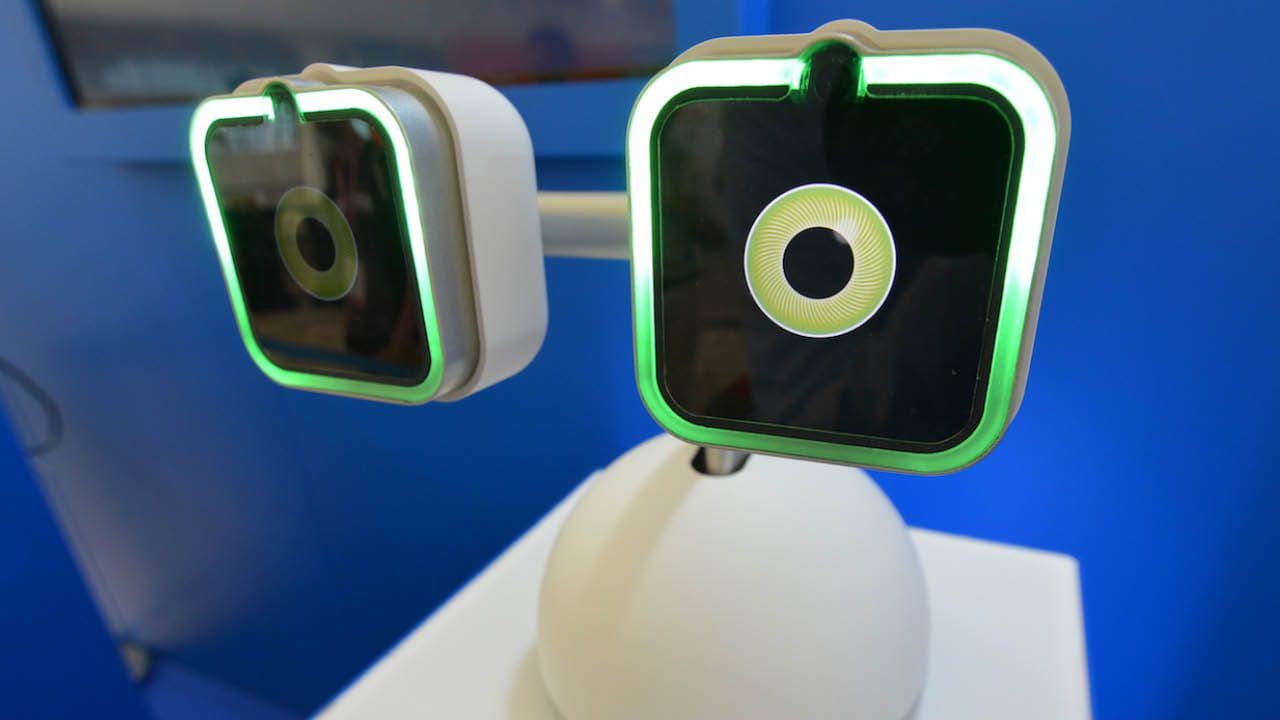The Rise of Children’s Internet Usage
The realization that our children are born into the age of screens is real. Screen time used to be the big debate. It is almost a non-issue now. It is fast becoming the norm for children, or adults, for that matter, to facilitate daily life with the use of a smartphone, tablet, or PC. In doing so, they often must share their personal identifiable data and many times, sensitive transactional information along the way.
Internet exposure among children of the digital age is happening at younger ages. Children’s data is being shared online by their parents even before they are born by way of ultrasound images and baby registries. Pre-school children are using their parents’ smartphones and tablets to stream shows and play games. School-age children are using computers in and outside of school. In some cases, computers have replaced notebooks, textbooks, and writing utensils, altogether.
COVID-19 hastened the migration to online shopping, working, schooling, and playing. Mandates imposed an almost immediate shift to online dependence as COVID-19 presented a life-or-death situation upon the entire planet. Schools transitioned to remote learning. Workers were told to work from home if their job permitted. This sometimes forced parents to further utilize connected digital devices as a babysitter so they could conduct virtual meetings for work or complete tasks at home.
As COVID-19 restrictions lift, life is not quickly going back to the way things were before quarantine. Schools and businesses are now accustomed to and still rely heavily on technology as in some cases it makes things easier, more efficient, or even enhances the learning experience with the potential to be more inclusive, if done right. What was a much needed response to a crisis, has proven to be an accelerator to what was an already trending movement.
Today, children from 13-17 years of age are considered “adults” for the purpose of opening many online accounts.
This warrants a need to design online experiences with children in mind as a primary audience of online products and services.
The Need for Children’s Online Privacy
Even before COVID-19 contributed to the growing acceptance of a more connected online-offline lifestyle, a 2019 study revealed that globally, 1 out of every 3 Internet users is a child under the age of 18.
Due to regulatory frameworks that predate much of the current online ecosystem, children from 13-17 years of age are considered “adults” for the purposes of opening many online accounts, such as social media profiles, despite still having evolving capacities and vulnerabilities. These points warrant an implicit need to design online experiences with children in mind as a primary audience of online products and services.
IEEE SA Age Appropriate Design
IEEE Standards Association (IEEE SA) is at the forefront of the discussion and action with a focus on designing trustworthy digital experiences for children that includes:
- Developing standards addressing data governance for children.
- IEEE 2089™ – Age Appropriate Digital Services Framework
- IEEE P2089.1™ – Online Age Verification
- IEEE 3527.1™ – IEEE Standard for Digital Intelligence (DQ) — Framework for Digital Literacy, Skills and Readiness
- Holding speaking engagements at global conferences, like the World Summit on the Information Society (WSIS), to share best practices.
- Producing applied case study reports on how companies design specific online tools that protect children’s privacy, safety, and security and empower children with information or experiences without hindering the quality of children’s digital experience.
Best Practices in Children’s Data Governance
As part of our continued effort to foster a safe, private, and secure digital environment for the young, IEEE SA released the Applied Case Studies for Designing Trustworthy Digital Experiences for Children – the second of an ongoing series launched in 2021. This report contains eight (8) case studies, from companies currently using ethical design for children, focused on:
- Responsibly connecting digitally with children in age-appropriate ways.
- Using minimal data collection.
- Better ways of obtaining parental consent.

TADAA! allows underserved children in India to experience the joy of reading via a platform that supports children’s learning, social and emotional needs. This principally designed platform provides engaging, age-appropriate content, based on the best interest of the child. It utilizes minimal data collection to protect identity while still allowing users to move through facilitator-led levels of learning.

iTeach Schools has built a community of secondary schools and established a college-to-career path enabling students to lift their families out of poverty and participate in their country’s development. During COVID-19, the shift to virtual learning led to the creation of a supportive online learning ecosystem with parental consent, as well as counselors and tracking for successful completion of course work.

Kolibri creates tools to enable equitable access to high-quality education for learners in low-connectivity contexts. It provides a quality learning experience like what is available on the Internet on an offline platform. Kolibri runs on low-cost and legacy devices to offer learning to half the world that still lacks Internet access with minimal data collection by utilizing usernames.

Yoti is a digital identity platform to help organizations assess the age of users and comply with the UK’s Age-Appropriate Design Code. This platform authenticates age using a wide range of less sensitive data points so people can set up an account to log in, access, or buy age restricted content, goods, or services, while preserving privacy.
Get Involved with Designing More Trustworthy Experiences for Children Online
Online services will be safer for children and subsequently, adults, the more that age appropriate design is utilized. The 2021 release of the UK’s Age-Appropriate Design Code, or Children’s Code, is a step in setting a regulatory framework. The goal at IEEE SA is to contribute to and support change in industry, government, and policy so that online interactions continue to become more trustworthy and foster inclusion and opportunity while mitigating risks.
Access the Applied Case Studies for Designing Trustworthy Digital Experiences for Children or join our community and receive information.












